Austenitic stainless steel
Austenitic

Austenitic stainless steel - austenitic grades of stainless steel contain chromium and nickel. It is nickel that increases deformability and corrosion resistance. These steels are non-magnetic. They are well suited for heat treatment and welding. With an increase in the content of chromium and nickel, austenitic stainless steel has better resistance to oxidation at high temperatures. Such steels are also called heat-resistant steels.
Frequently Asked Questions About Austenitic Stainless Steel
- architecture (facing, facades);
- interior design;
- roofing and gutters;
- doors and windows;
- dishes, cutlery;
- benches and food preparation areas;
- food equipment;
- heat exchangers;
- kitchen sinks;
- ovens and parts of furnaces;
- chemical tanks.
- excellent corrosion resistance;
- suitable for both cold and hot processing;
- high plasticity;
- optimal overall performance;
- wide range of applications;
List of austenitic stainless steel grades
List of stainless steel grades of the austenitic type. To get detailed information about a specific grade, follow the link from the list.
Inconel 625 | AISI 625 | Alloy 625 | EN 2.4856 | DIN NiCr22Mo9Nb
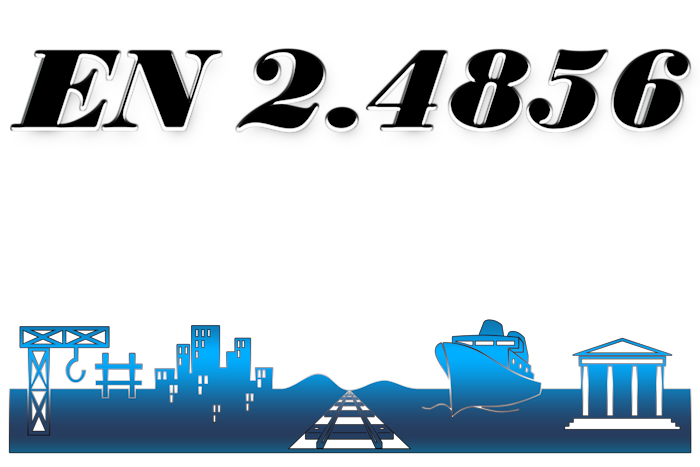
Inconel 625 | AISI 625 | Alloy 625 | EN 2.4856 | DIN NiCr22Mo9Nb is a nickel-based superalloy with high strength properties and resistance to elevated temperatures. It also
...Stainless Steel Grade AISI 201 | EN 1.4372 | DIN X8CrMnNi18-8

AISI 201 | EN 1.4372 | DIN X8CrMnNi18-8 - stainless steel, belonging to the family of austenitic stainless steels. It is characterized by high strength, plasticity and rigidity.
...Stainless Steel Grade AISI 201LN | EN 1.4371 | DIN X2CrMnNiN17-7-5

AISI 201LN | EN 1.4371 | DIN X2CrMnNiN17-7-5 is a low nickel, nitrogen reinforced, austenitic stainless steel with good corrosion resistance, high temperature strength and good
...Stainless Steel Grade AISI 202 | EN 1.4373 | DIN X12CrMnNiN18-9-5

AISI 202 | EN 1.4373 | DIN X12CrMnNiN18-9-5 is a widely used grade of stainless steel that is characterized by high hardness, strength and good corrosion resistance. It is quite
...Stainless Steel Grade AISI 203 | S20300

AISI 203 | S20300 is one of the 200 series austenitic stainless steels containing a high percentage of chromium and nickel. The nickel and chromium content makes the alloy
...Stainless Steel Grade AISI 204Cu | EN 1.4597 | DIN X8CrMnCuNB17-8-3

AISI 204Cu | EN 1.4597 | DIN X8CrMnCuNB17-8-3 - is a special type of stainless steel that is a chromium-magnesium austenitic stainless steel. Due to the addition of copper, the
...Stainless Steel Grade AISI 205 | UNS S20500

AISI 205 | UNS S20500 is a standard austenitic stainless steel grade. It is also called AISI Type 205 chromium-manganese-nickel steel. It provides approximately 30% higher
...Stainless Steel Grade AISI 216 | S21600
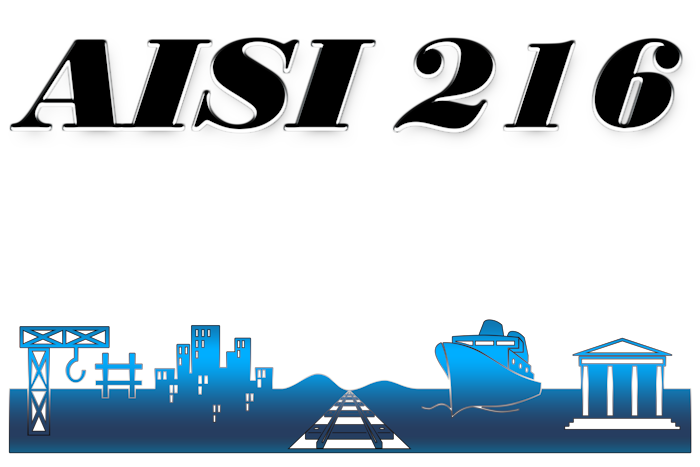
AISI 216 | S21600 is a non-standard austenitic stainless steel of the 200 series. It is commonly referred to as AISI type 216 chromium-manganese-nickel steel. The high content of
...Stainless Steel Grade AISI 253MA | EN 1.4835 | DIN X9CrNiSiNCe21-11-2
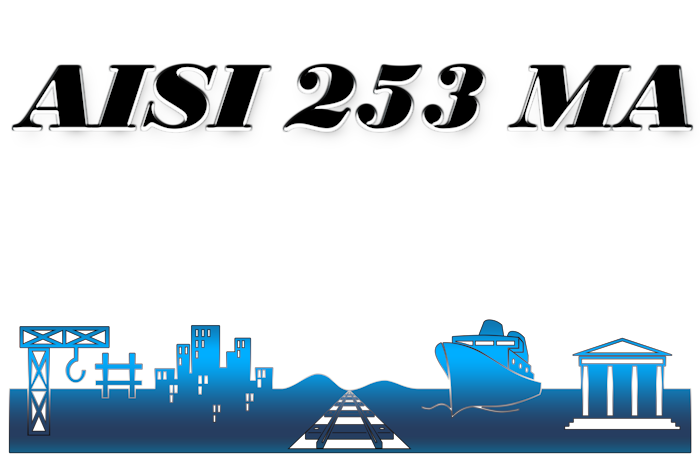
AISI 253MA | EN 1.4835 | DIN X9CrNiSiNCe21-11-2 is an austenitic high-temperature heat-resistant stainless steel with good oxidation resistance. The steel is designed for use in
...Stainless Steel Grade AISI 301 / AISI 302 | EN 1.4310 | DIN X10CrNi18-8
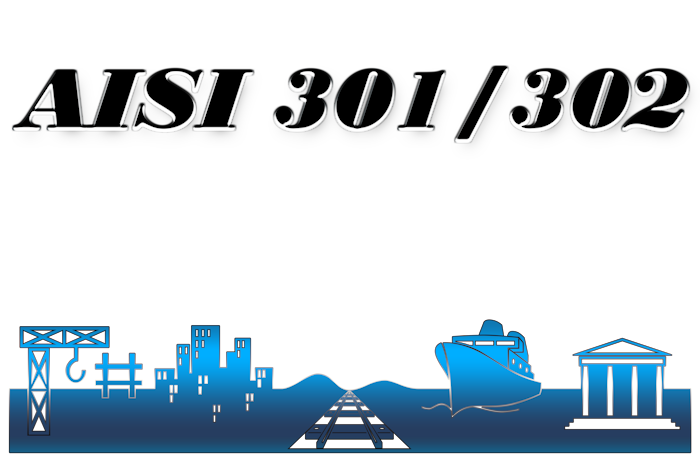
AISI 301 / AISI 302 | EN 1.4310 | DIN X10CrNi18-8 | 07Х16Н6 - is an austenitic stainless steel with good corrosion resistance and weldability. It has high strength and ductility.
...Stainless Steel Grade AISI 301L
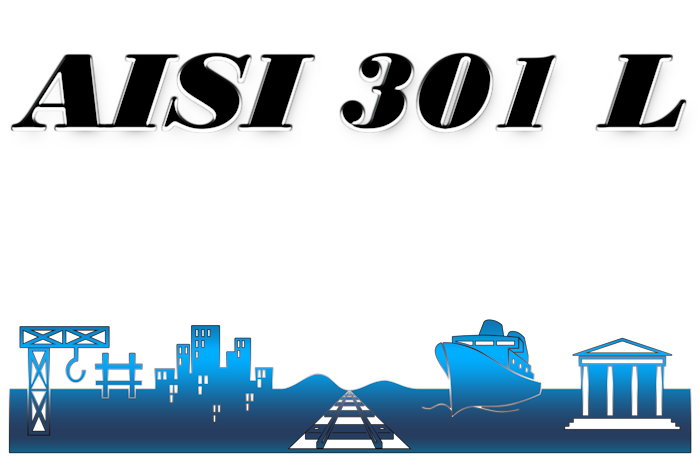
AISI 301L is an improved version of AISI 301. The combination of strength and ductility allows this steel to withstand serious forming methods. Corrosion resistance comparable to
...Stainless Steel Grade AISI 301LN | EN 1.4318 | DIN X2CrNiN18-7
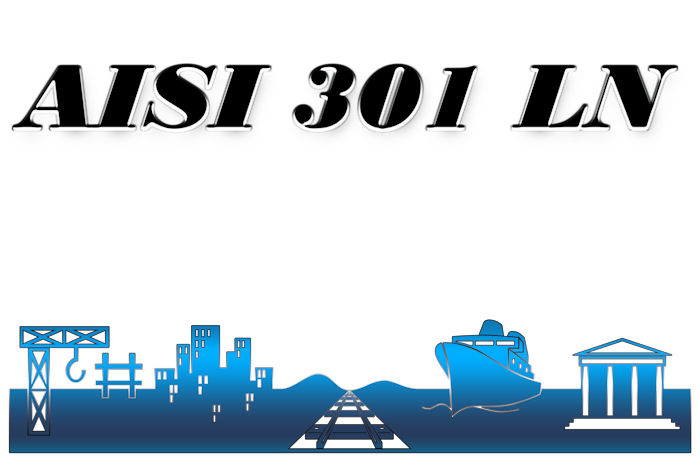
AISI 301LN | EN 1.4318 | DIN X2CrNiN18-7 - is an austenitic stainless steel similar to austenitic stainless steel grade AISI 301L with a high degree of hardness.
Stainless Steel Grade AISI 302B
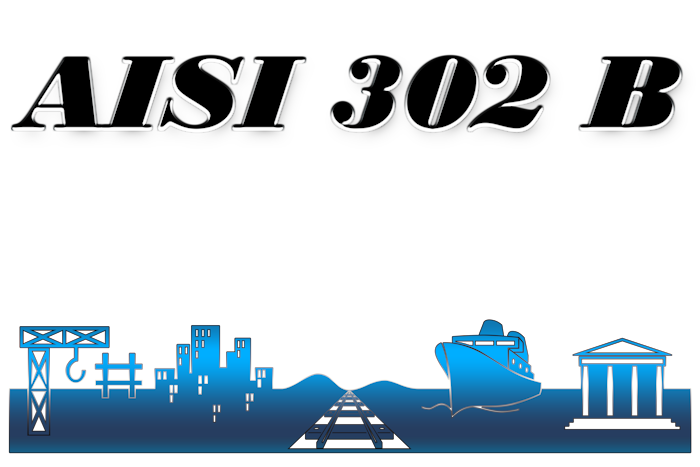
AISI 302B is an austenitic chromium-nickel stainless steel that has a resistance to scale at elevated temperatures that exceeds AISI 302 steel. It is used exclusively for parts
...Stainless Steel Grade AISI 302Cu

AISI 302Cu is a standard grade austenitic chromium-nickel stainless steel with copper added to its composition. It has a low hardening coefficient. It is recommended for use where
...Stainless Steel Grade AISI 303 | EN 1.4305 | DIN X8CrNiS18-9
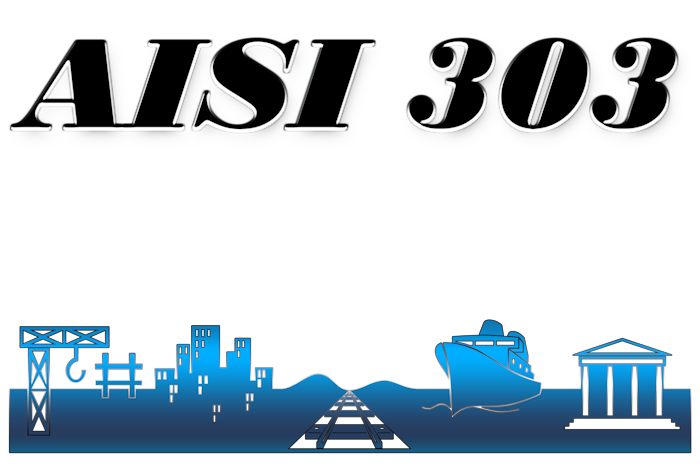
AISI 303 | EN 1.4305 | DIN X8CrNiS18-9 is an austenitic, corrosion-resistant stainless steel with the addition of sulfur to improve cutting properties (randomly machined steel).
...Stainless Steel Grade AISI 303Cu | EN 1.4570 | DIN X6CrNiCuS18-9-2

AISI 303Cu | EN 1.4570 | DIN X6CrNiCuS18-9-2 is an austenitic chromium-nickel stainless steel containing copper. Due to its copper content, it provides good corrosion resistance
...Stainless Steel Grade AISI 303Se | S30323
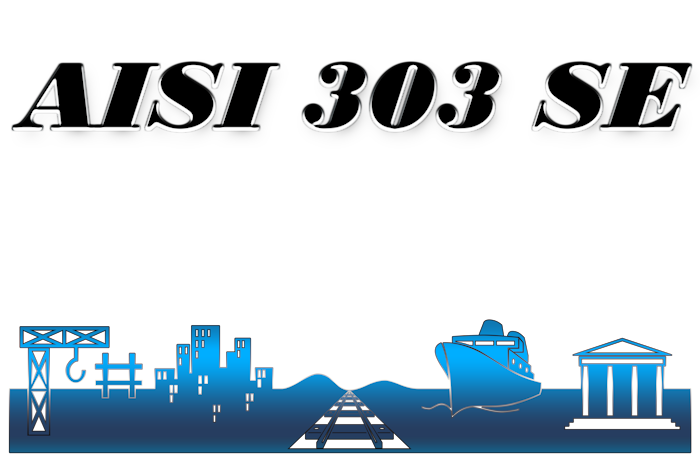
AISI 303Se | S30323 is a non-magnetic, austenitic stainless steel that is not heat treatable. It is free machinable, specifically designed to exhibit improved machinability.
...Stainless Steel Grade AISI 304 | EN 1.4301 | DIN X5CrNi18-10
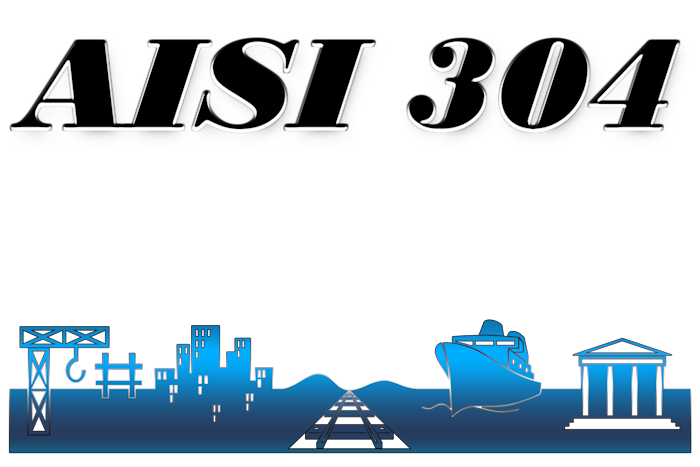
AISI 304 | EN 1.4301 | DIN X5CrNi18-10 - This is a chromium-nickel austenitic steel. The presence of nickel in it in the amount of 8 - 10% leads to the fact that the austenitic
...Stainless Steel Grade AISI 304Cu | EN 1.4567 | DIN X3CrNiCu18-9-4
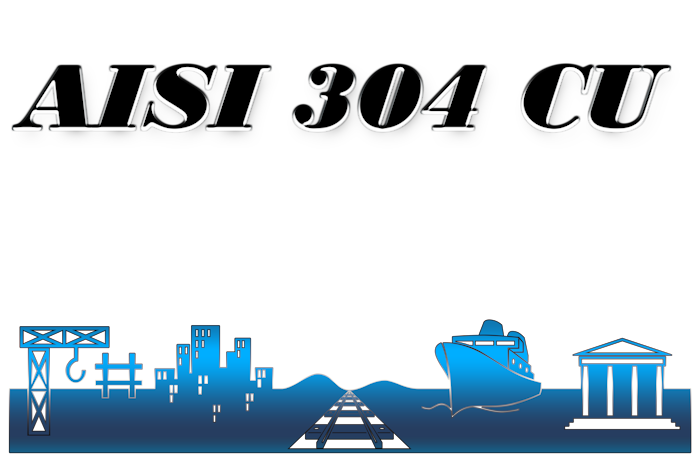
AISI 304Cu / EN 1.4567 / DIN X3CrNiCu18-9-4 is an austenitic stainless steel which is an austenitic chromium-nickel stainless steel with copper content. Except for the additional
...Stainless Steel Grade AISI 304H | EN 1.4948 | DIN X6CrNi18-11
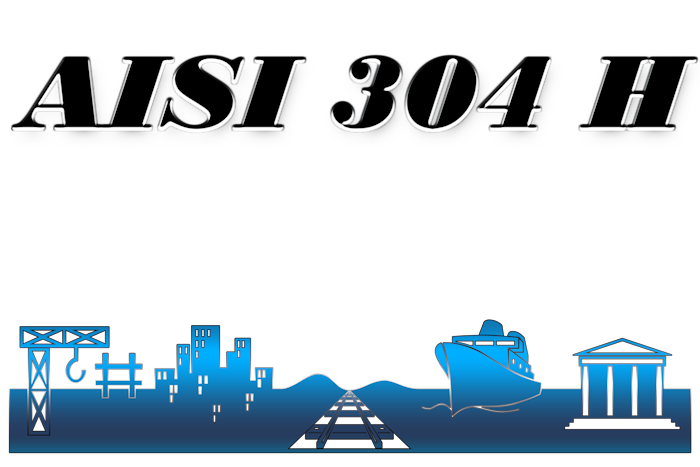
AISI 304H | EN 1.4948 | DIN X6CrNi18-11 is an austenitic grade of stainless chromium-nickel steel with a higher carbon content, which provides it with increased tensile strength
...
Page 1 of 3